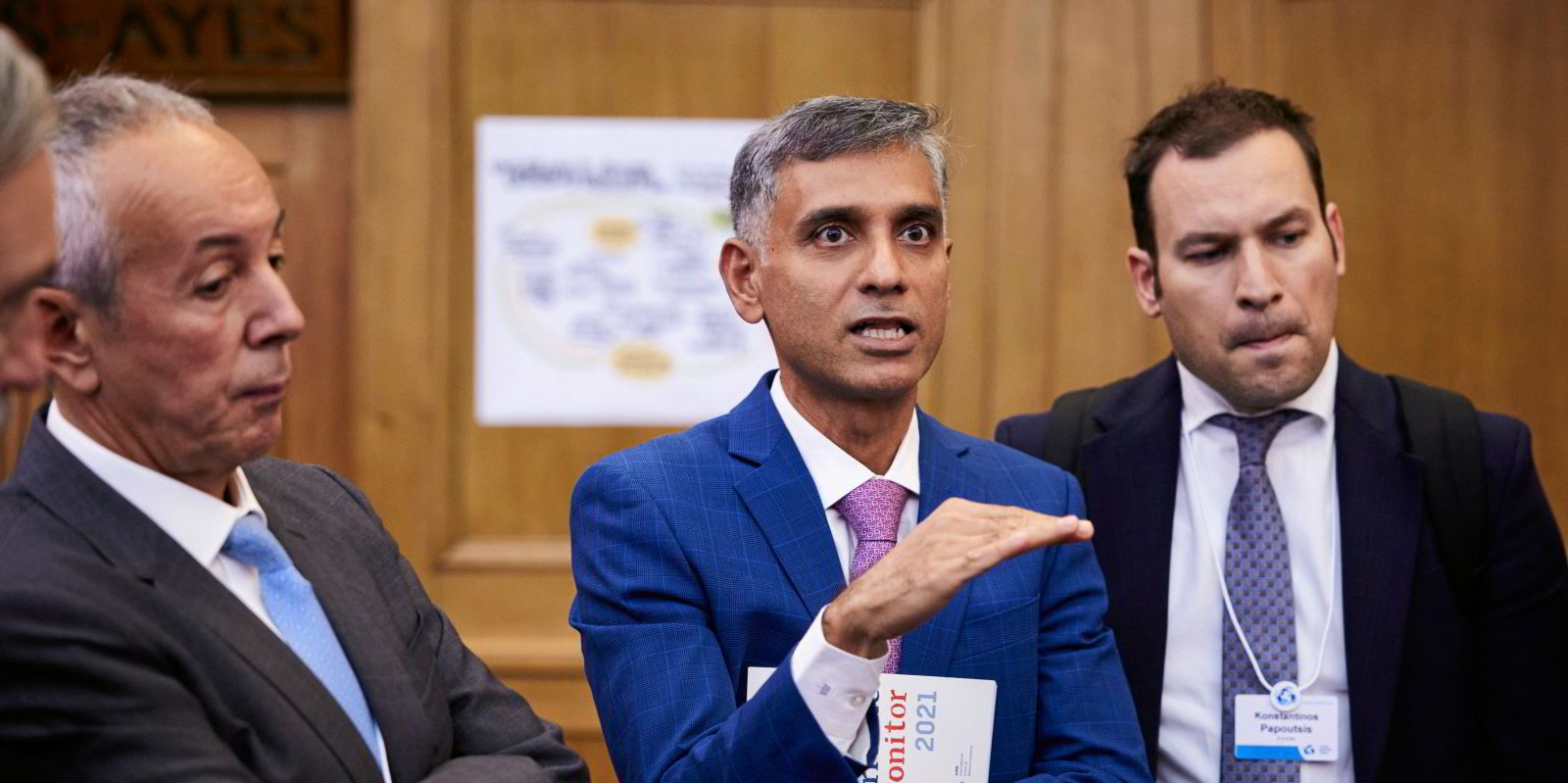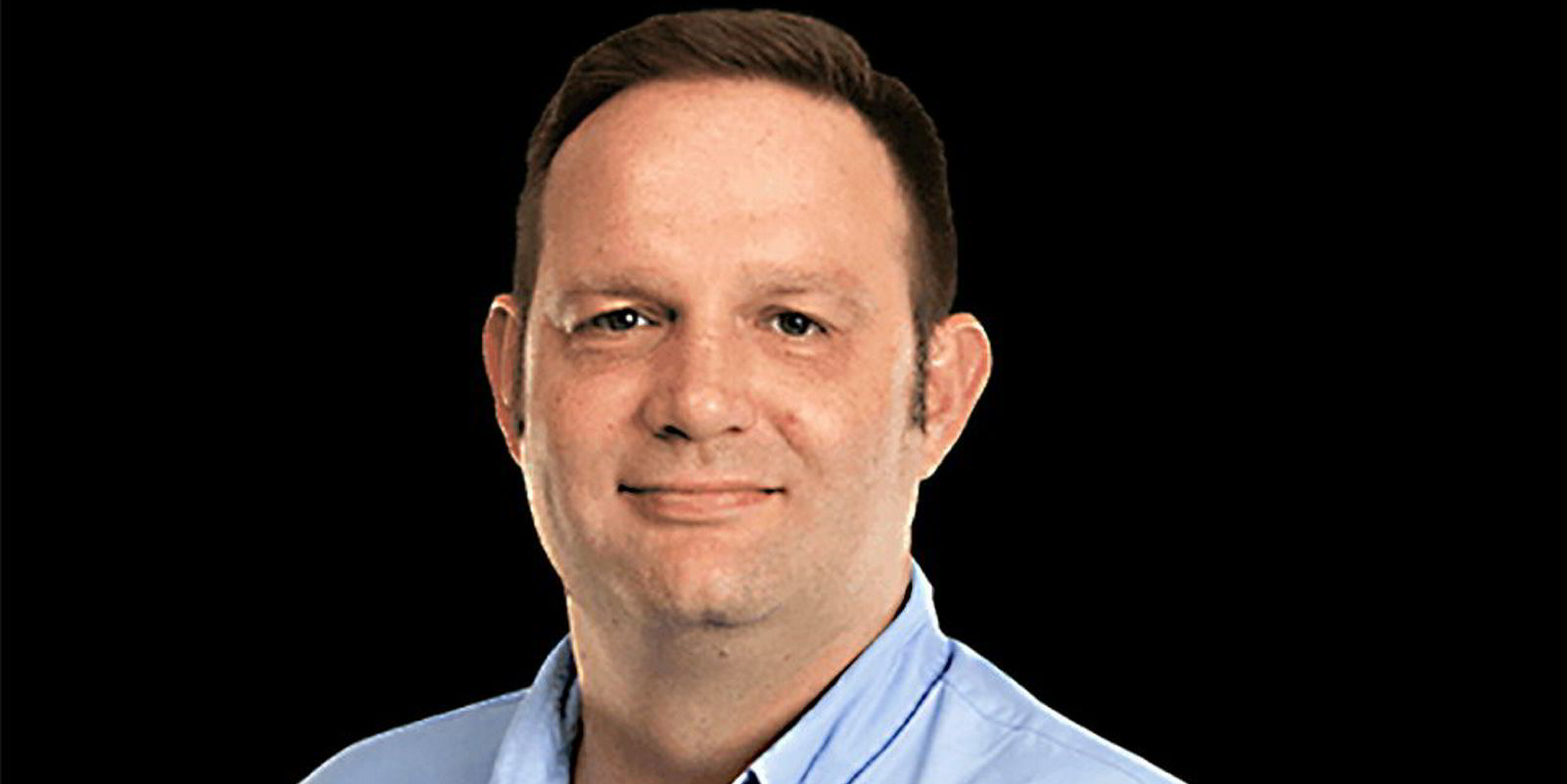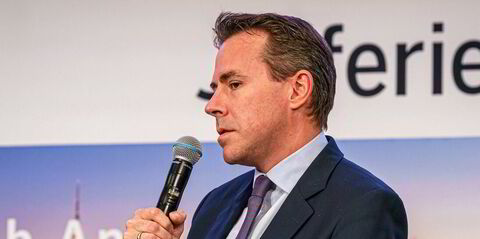Digitalisation, decarbonisation and building human capabilities are currently the most transformative forces in shipping. They also complement each other, so I would invest one third of the funds in each area.
This article is part of a series written by people across shipping in response to this question about how to deploy a hypothetical TradeWinds Sustainable Shipping Fund:
How, where and why would you invest $1bn for the best return in sustainable shipping, as the industry grapples with the need to cut carbon emissions, improve efficiency and keep cargoes moving in a world facing multiple economic and political challenges? The investment will be made now and ideally held for the next seven years to the end of the decade. As an added bonus, give one policy or regulation you would like to implement from 1 January 2023 to benefit shipping?
In terms of digitalisation, creating digital twins will be essential to building smart vessels. An overall virtual ship can be made to accomplish virtual software integration, acting as a simulator with all onboard systems replicating a physical vessel in cyberspace. By building appropriate digital architecture on board ships, we can optimise and use assets more effectively and efficiently.
Moving to decarbonisation, I would invest in three areas:
1. The technology of fuel converters for alternative fuels. The methanol, two-stroke engine is most mature. Next is four-stroke methanol, then hydrogen and the last one is carbon capture and storage. In the short-term, investment in methanol dual-fuel ships seems to be the profitable proposition.
Two-stroke, ammonia-propelled engines will be upscaled between 2028 and 2030, so investment in such projects should be done after five years.
2. Wind-assisted propulsion, of which rotors are easy to transport and lightweight. Highly efficient Flettner rotors are four times more efficient than sails.
3. A start-up that gives a complete solution to meet emissions requirements. The company should be equipped to offer technology and strategy consulting, engineering and design, project management, and performance monitoring. Flettner rotor technology would be part of the project.
Finally, investment must put into building capability in human capital. With so much change in hardware and software, and uncertainties that loom in the future, one needs to appreciate that humans will always be at the centre of this transition.
We will need to make significant investment in our people to help them build the right capabilities for a smooth transition into an exciting future.
Shipping is competing with other industries and, in many cases, more exciting fields. To ensure we are viewed as an attractive sector to join and once our people have joined, we need to keep them motivated and engaged. There is no other way, but to invest in our people.




